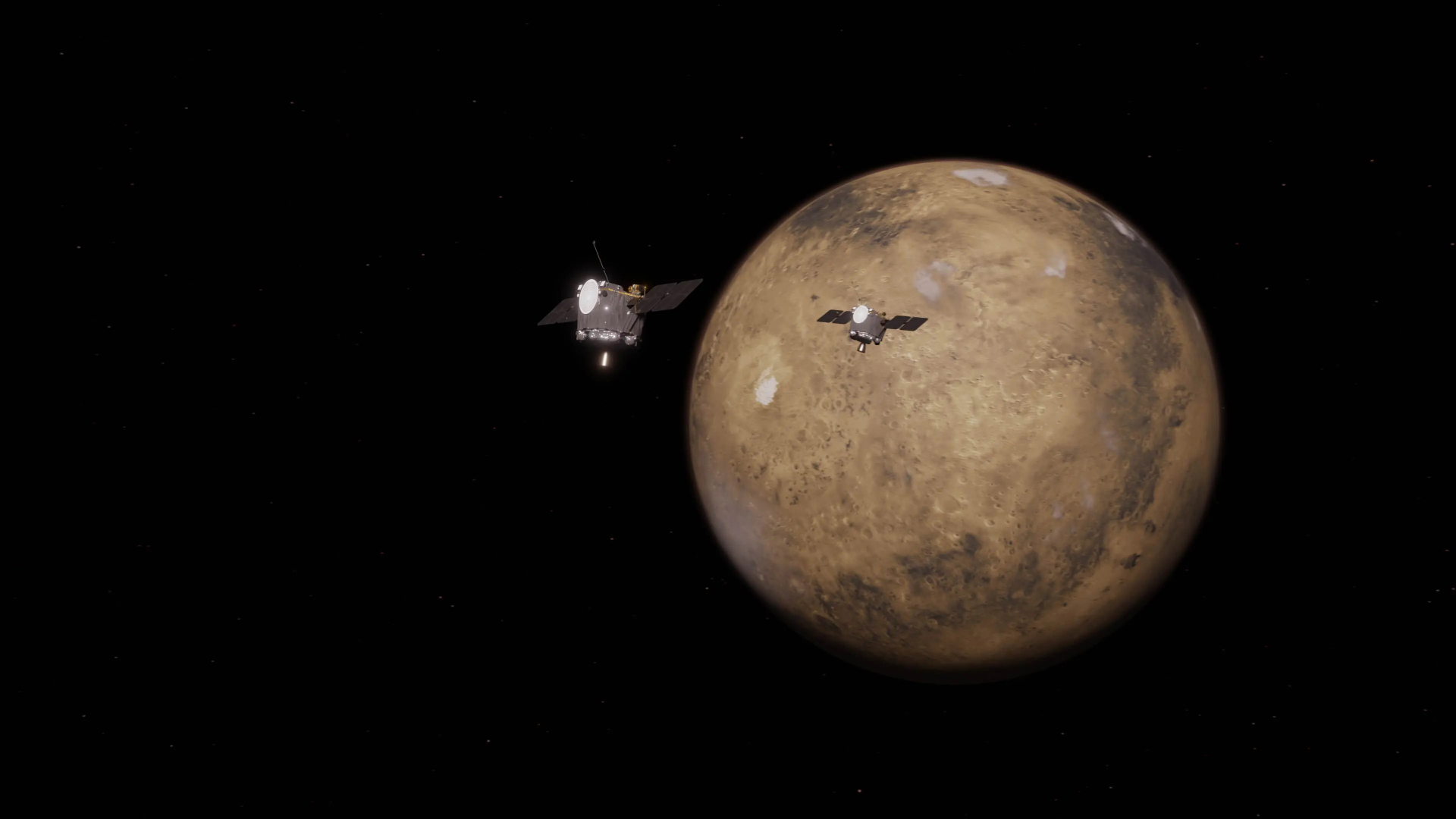How NASA's Gemini Spacecraft Worked (Infographic)

To follow the successful series of Mercury flights, NASA planned the Gemini spacecraft for the mid-1960s. Gemini’s goals were to test astronauts on long-duration Earth orbit flights; to practice orbital rendezvous and docking, which was a requirement for moon landing missions; and to practice re-entry and landing.
Of the 18.5-foot (5.61 meters) Gemini spacecraft, only the conical re-entry module would return to Earth. The 90-cubic-foot (2.55 cubic meters) pressure vessel would be home for two astronauts for up to 14 days.
Like Mercury, the Gemini capsule would be launched atop a missile designed to lob nuclear bombs across the planet. The military Titan II missile became operational in 1963, and was capable of carrying one Mk/B53 nuclear warhead of 9 megatons of explosive power.
Breaking space news, the latest updates on rocket launches, skywatching events and more!

Karl's association with Space.com goes back to 2000, when he was hired to produce interactive Flash graphics. From 2010 to 2016, Karl worked as an infographics specialist across all editorial properties of Purch (formerly known as TechMediaNetwork). Before joining Space.com, Karl spent 11 years at the New York headquarters of The Associated Press, creating news graphics for use around the world in newspapers and on the web. He has a degree in graphic design from Louisiana State University and now works as a freelance graphic designer in New York City.
